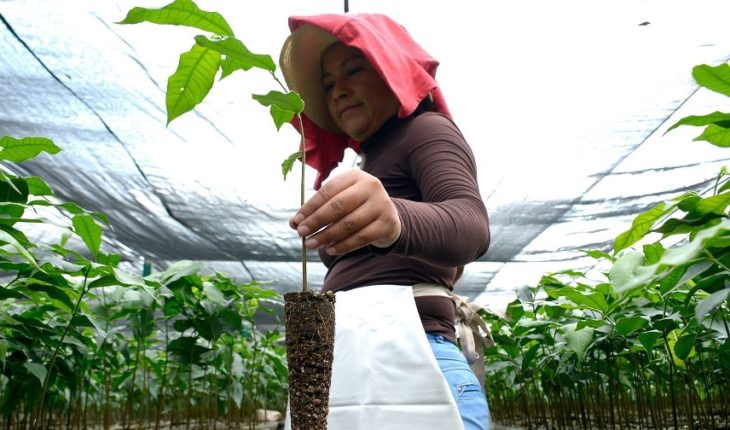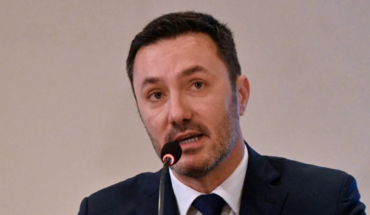The goal of the Ministry of Welfare, which is in charge of the Sembrando Vida program, was to have 575 million plants in 2019, of which it was only able to achieve 80 million (13.9%) in nurseries, so it could not provide all this input to the participants of the program.
Of the 575 million plants, the Ministry of National Defense (Sedena) was to give it a total of 100 million, then lowered the figure to 80 and ultimately gave only 37 million, explained María Luisa Albores, head of the Ministry of Welfare, in a media meeting.
However, the official explained that this is understandable. “We made a covenant with 12 military nurseries. They have produced Conafor for more than 20 years and bring the best onset in the field. But this is the program that has asked the most plants in history, 100 million, and they played a lot against it so they couldn’t reach the finish line.”
Find out: The risks of not using evidence: the Sowing Life Program under the magnifying glass
The secretary breaks down what prevented them from meeting: a prolonged dryness and skiing, “has been one of the driest years in two decades.” In addition, he adds, it was planned to produce plants in various military camps settled in the Republic, but not all had nurseries, “infrastructure had to be assembled”.
Nor was there sufficient planting in the community nurseries planned within the programme because the infrastructure was not ready and all the necessary supplies such as the shadow mesh, the plastic nursery bags and water infrastructure were not available.
Despite not being able to meet the plant target in nurseries by 2019, the plan for next year is even more ambitious: the goal is to have 100 million plants.
Albores says they’ve expanded the goal because they’ve already had a learning curve and now they can start a more robust plan. “Community nurseries are being set up in what we call the peasant learning communities (CACs). In territorial visits the technical team verifies that the nurseries are already there and that they have the part of water infrastructure”.
Each of the 9 thousand 200 CACs that have between 20 and 35 sowers, to which will be added this year another 8 thousand. The plan is that each community can have its nursery, and each produce a minimum of 50 thousand plants.
As part of the plan to go to the finish line, she explained that agreements with state, private nurseries will also be strengthened and that the Silkes have already been renewed, which is also intended to expand them. But he did not specify the number of plants to contribute for each.
“If this year’s plan can be achieved, the previous one delayed us that we had a lot of untimely supplies, tools and infrastructure, we took a long time the tenders, and the dispersion of resources for that started in November, already late, but now it is already being assembled.”
In addition, Albores anticipates that this year they will have ready the largest nursery in Latin America. “He’s going to be in Tapachula, he’s going to give even the migrants a job. Sedena’s going to build it and we’re going to get into the operational part. We think it will be ready by the first half of 2020 and only 80 million plants will come out of the year.”
What we do in Animal Político requires professional journalists, teamwork, dialogue with readers and something very important: independence. You can help us keep going. Be part of the team.
Subscribe to Animal Politician, receive benefits and support free journalism.#YoSoyAnimal
translated from Spanish: Army only gave him 13.9% of the ones he asked
January 30, 2020 |





